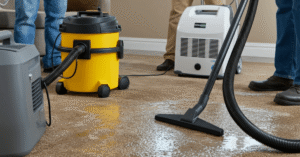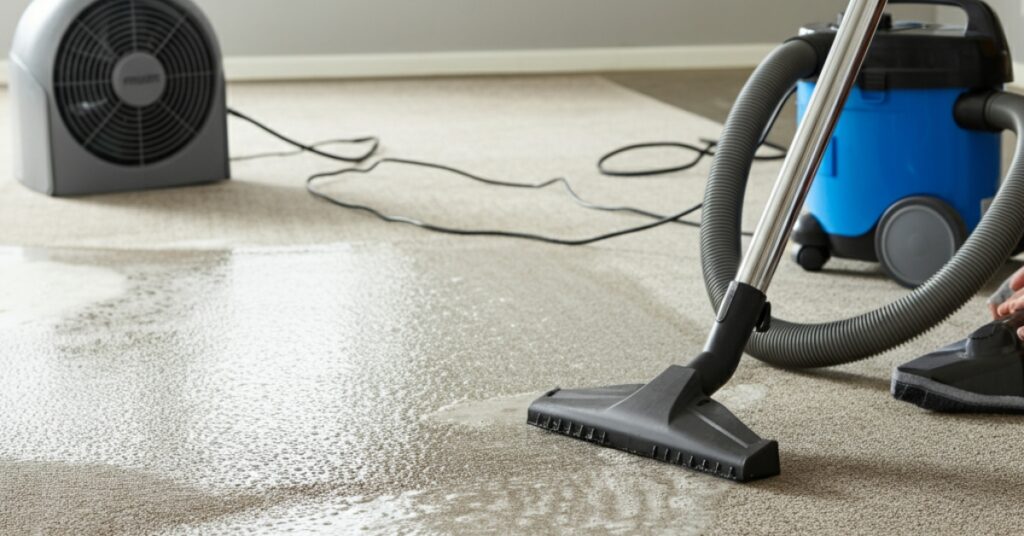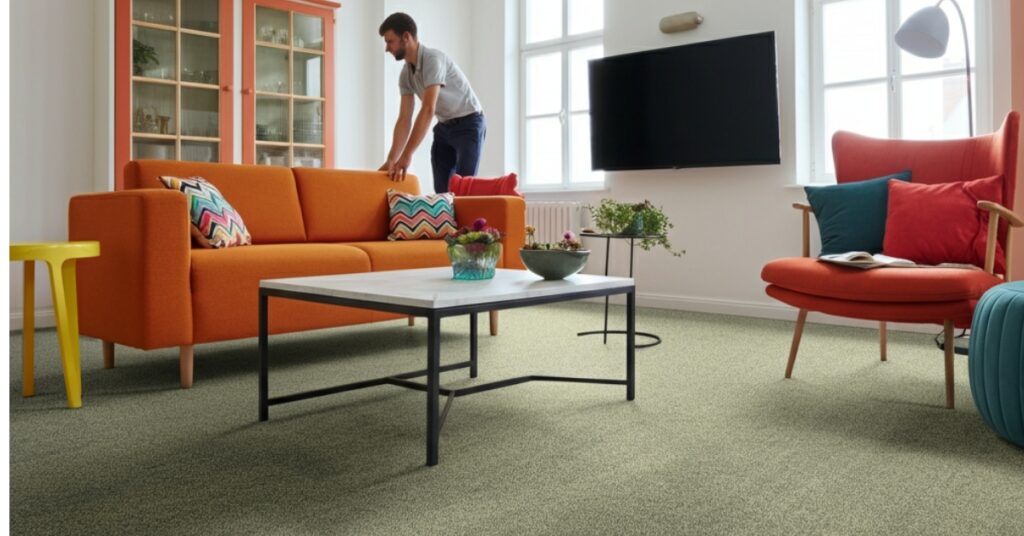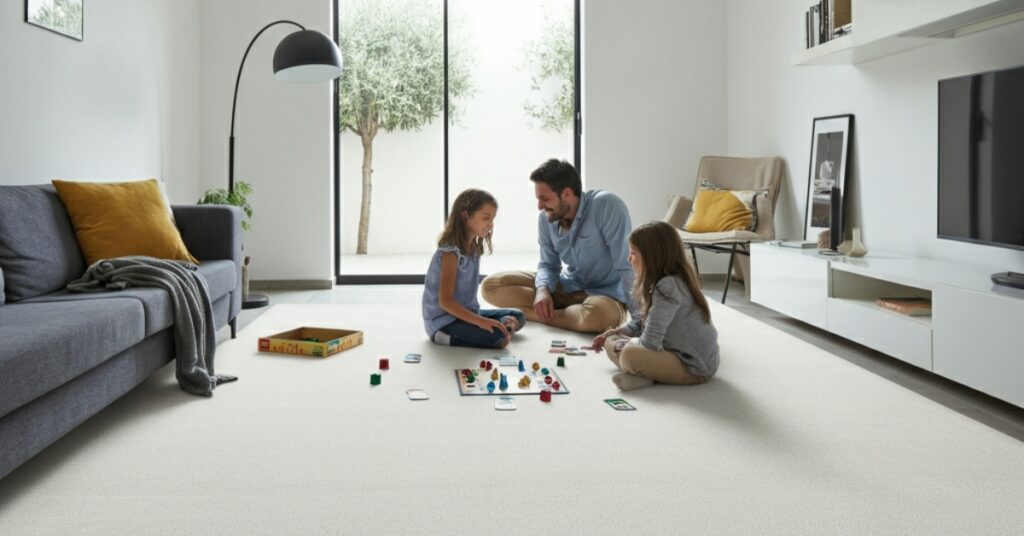As an Amazon Associate, I earn from qualifying purchases.
Deciding between nylon vs. polyester carpet is a common challenge for homeowners. Both materials are popular synthetic fibers used in carpeting, but they have distinct differences in durability, stain resistance, and cost that can significantly impact your satisfaction. Understanding these key characteristics is crucial for choosing a carpet that not only fits your budget but also stands up to the demands of your household.
This comparison will explore the specific qualities of both nylon and polyester. We will look at their performance in high-traffic areas, how they handle spills and stains, their overall feel, and how much you can expect to invest. By the end, you’ll have the clear, factual information needed to make a confident and informed decision for your flooring project.
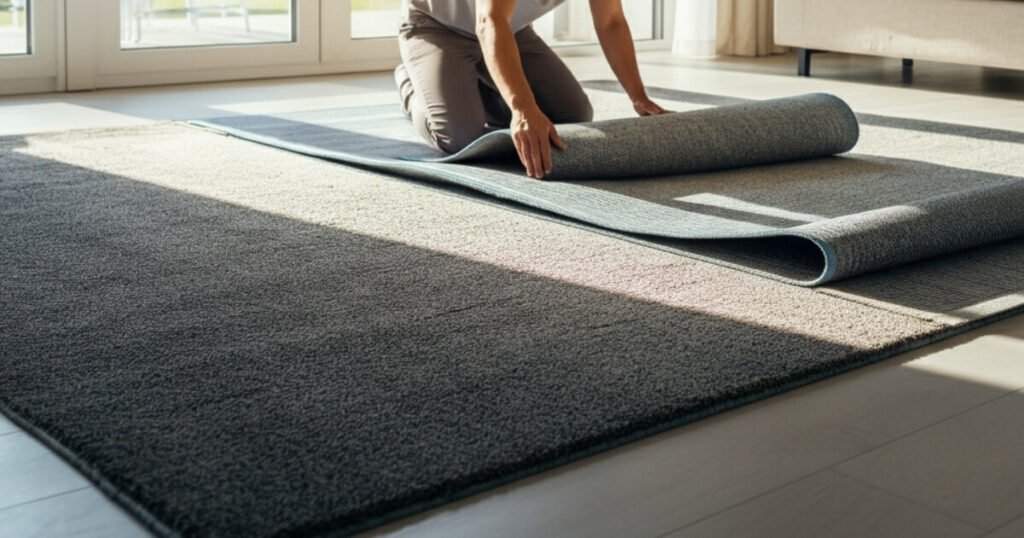
What is Nylon Carpet?
Nylon is a synthetic polymer, a type of plastic, that has been a leading material in the carpet industry for decades. It is produced through a chemical process that creates long, strong, and highly resilient fibers. These fibers are known for their exceptional durability and ability to bounce back from crushing, which is why nylon is often recommended for areas with heavy foot traffic.
The resilience of nylon fibers means that they can withstand the weight of furniture and constant walking without becoming permanently matted or flattened. This quality, often referred to as “texture retention,” helps the carpet maintain its original appearance for a longer period. Furthermore, modern nylon carpets are typically treated to enhance their stain resistance, making them a practical choice for busy households.
The Key Advantages of Nylon Carpet
One of the most significant benefits of nylon carpet is its superior resilience. The fibers are engineered to resist wear and tear, making them ideal for hallways, stairs, and living rooms where foot traffic is constant. This durability ensures a longer lifespan compared to many other carpet materials, offering excellent long-term value despite a higher initial cost.
In addition to its strength, nylon is highly receptive to dyes, which allows for a vast array of vibrant and long-lasting colors. This makes it easier to find a shade that perfectly matches your interior design. Modern manufacturing processes also treat nylon with stain-blocking technology during production, creating a barrier that prevents spills from setting into the fibers and becoming permanent stains.
The Potential Downsides of Nylon Carpet
The primary drawback of choosing nylon carpet is its price. It is generally one of the more expensive synthetic carpet options on the market. This higher upfront cost can be a barrier for homeowners on a tighter budget, even though its longevity can make it a more cost-effective choice over time.
While most nylon carpets are treated for stain resistance, they are not inherently stain-proof. Certain substances, particularly acid-based spills like coffee, wine, or pet urine, can sometimes penetrate the protective coating if not cleaned up immediately. Also, nylon can generate static electricity in dry climates, though some manufacturers add conductive fibers to the carpet to help reduce this issue.
What is Polyester Carpet?
Polyester, also known as PET (polyethylene terephthalate), is another popular synthetic fiber used for carpeting. It is made from petroleum-based chemicals and is celebrated for its luxurious feel and exceptional stain and fade resistance. Polyester fibers are also known for their ability to hold vibrant, rich colors, giving homeowners a wide selection of design options.
One of the major selling points of polyester is its eco-friendly aspect, as many polyester carpets are now made from recycled materials, such as plastic water bottles. This makes it an attractive option for environmentally conscious consumers. Its soft texture provides a comfortable and plush underfoot experience, making it a popular choice for bedrooms and other low-traffic areas where comfort is a priority.
The Key Advantages of Polyester Carpet
Polyester carpet’s greatest strengths are its inherent stain resistance and affordability. The fibers are “hydrophobic,” meaning they naturally repel liquid-based spills, which makes cleaning up messes much easier. This makes it an excellent choice for homes with children or pets, where spills are a frequent occurrence. Polyester is also highly resistant to fading from sunlight, so its color will remain vibrant even in rooms with large windows.
Perhaps the most appealing advantage of polyester is its cost. It is significantly less expensive than nylon, allowing homeowners to get a plush, new carpet without a large financial investment. The softness of polyester fibers also provides a luxurious feel underfoot that many people find appealing, especially in private spaces like bedrooms.
The Potential Downsides of Polyester Carpet
The main disadvantage of polyester carpet is its lack of resilience compared to nylon. The fibers are more prone to crushing and matting under heavy foot traffic or the weight of furniture. Over time, high-traffic areas like hallways can develop a worn-down appearance, and the carpet may lose its original texture. This makes polyester a less suitable choice for the busiest parts of a home.
Additionally, polyester fibers tend to attract and absorb oils. Spills from oily substances can be difficult to remove and may leave a residue that attracts dirt. That leading to spots that are hard to clean completely. While it excels at repelling water-based stains, its vulnerability to oil can be a significant drawback in households. Where food spills are common.
Head-to-Head: Nylon vs. Polyester Carpet
When choosing between these two materials, a direct comparison of their key attributes is essential. How they perform in durability, stain resistance, feel, and cost will. Ultimately determine which one is the better fit for your home and lifestyle.
Durability and Lifespan
In a direct comparison of durability, nylon is the clear winner. Its fibers are exceptionally strong and resilient, allowing them to withstand heavy foot traffic without losing their shape. A well-maintained nylon carpet can last 12-15 years or even longer. Polyester, on the other hand, is less resilient and is more susceptible to matting and crushing. It is best suited for low-traffic areas and typically has a shorter lifespan of 5-10 years.
Stain and Fade Resistance
Polyester has the upper hand when it comes to inherent stain resistance. Its fibers naturally repel water-based spills, making them easy to clean. However, it is vulnerable to oil-based stains. Nylon, while not naturally stain-resistant, is treated with powerful stain-blocking technology that makes it highly effective against most types of spills, including some oily ones. Both materials offer excellent fade resistance, retaining their color well even when exposed to sunlight.
Softness and Comfort
When it comes to softness, polyester often comes out on top. Polyester fibers are known for their plush, luxurious feel, which makes them very comfortable underfoot. This is one of the main reasons it is a popular choice for bedrooms. While nylon carpets can also be soft, they are generally engineered more for durability than for feel. However, advancements in fiber technology have produced softer nylon options that provide a good balance of comfort and resilience.
Cost and Value
Polyester is the more budget-friendly option. Its lower price point makes it an attractive choice for those looking to carpet a room or an entire home without a large upfront investment. Nylon is more expensive, but its superior durability and longer lifespan can offer better long-term value. Investing in a nylon carpet means you will likely not have to replace it as soon, making it a more cost-effective choice over the life of the carpet.
Making the Final Decision on Nylon vs. Polyester Carpet
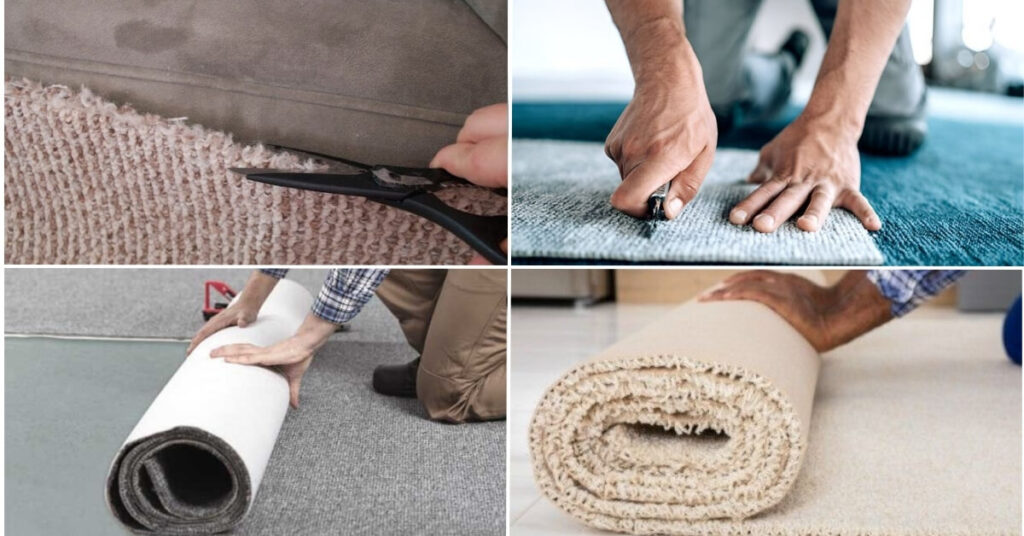
Choosing between nylon and polyester carpet comes down to prioritizing your needs. If your primary concern is durability for a high-traffic area and you are willing to make a larger initial investment for long-term performance, nylon is the superior choice. It will maintain its appearance for years and stand up to the daily wear and tear of a busy household.
However, if you are carpeting a low-traffic area like a bedroom, value a soft, plush feel, and have a stricter budget, polyester is an excellent option. Its inherent stain resistance against water-based spills and its lower cost make it a practical and comfortable choice for spaces where luxury is more important than resilience. Ultimately, evaluating your lifestyle, budget, and the specific room’s needs will lead you to the right carpet for your home.
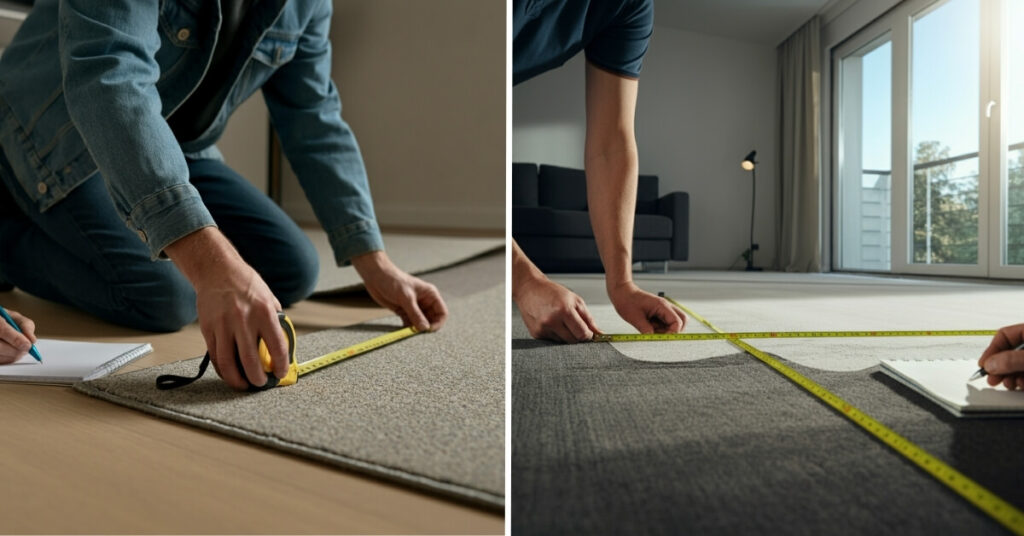
Interested in similar topics? This blog might help: How Thick Should Carpet and Pad Be?
Frequently Asked Questions
1. Is nylon or polyester carpet better for pets?
For pets, nylon is often the better choice. Its superior durability stands up well to claws and heavy foot traffic, and its texture retention prevents matting. While polyester has good stain resistance, its tendency to absorb oils can make it difficult to fully remove pet odors and stains.
2. Which carpet is easier to clean, nylon or polyester?
Polyester is generally easier to clean for water-based spills because its fibers are hydrophobic. However, nylon’s stain-blocking treatments are very effective against a wider variety of stains. For oily stains, nylon is usually easier to clean than polyester.
3. Does polyester carpet shed more than nylon?
No, neither carpet type is particularly prone to shedding if it is well-constructed. Some shedding of loose fibers is normal with any new carpet, but this should subside after a few weeks of regular vacuuming.
4. Can I use a steam cleaner on both nylon and polyester carpets?
Yes, you can use a steam cleaner on both nylon and polyester carpets. However, it is crucial to follow the manufacturer’s care instructions, as excessive heat or moisture can potentially damage the fibers or backing.
5. How do I know if a carpet is high quality?
For both nylon and polyester, look at the carpet’s density and twist level. Higher density (more fibers per square inch) and a tighter twist indicate better quality and durability. Also, check the manufacturer’s warranty, as a longer warranty often reflects higher quality.
As an Amazon Associate, I earn from qualifying purchases.

